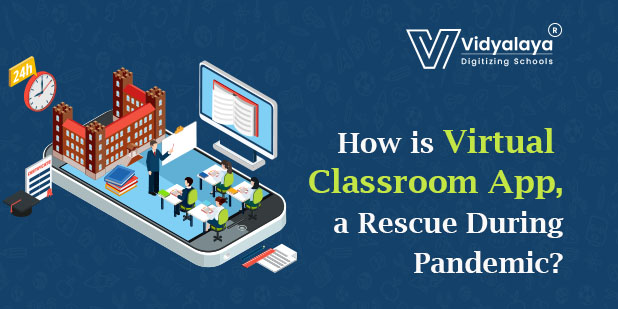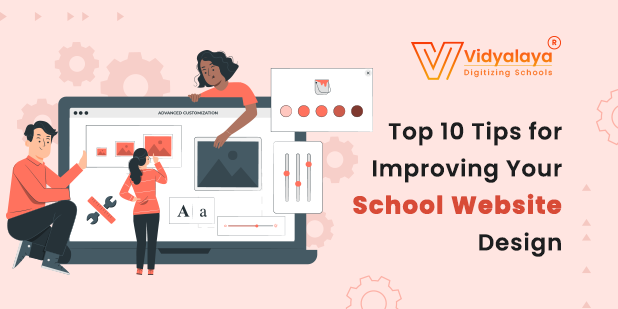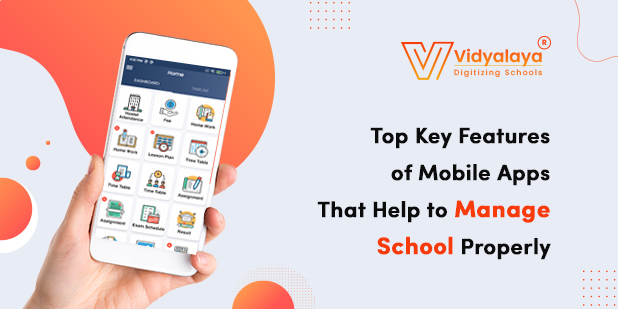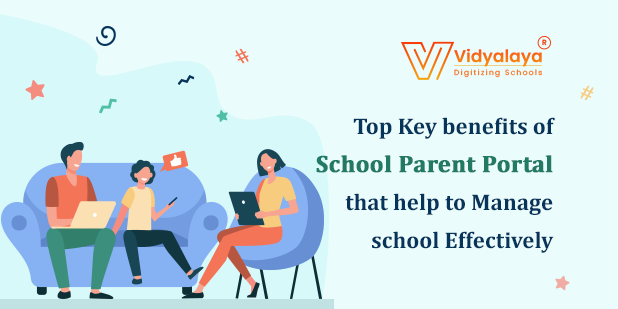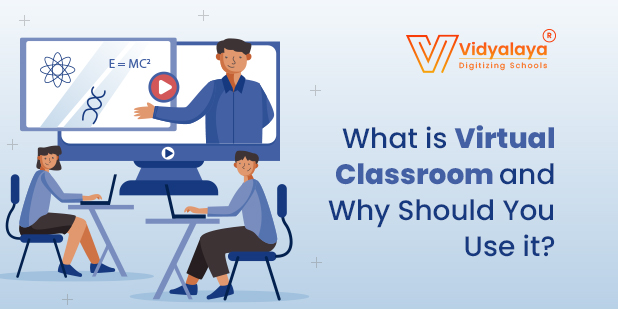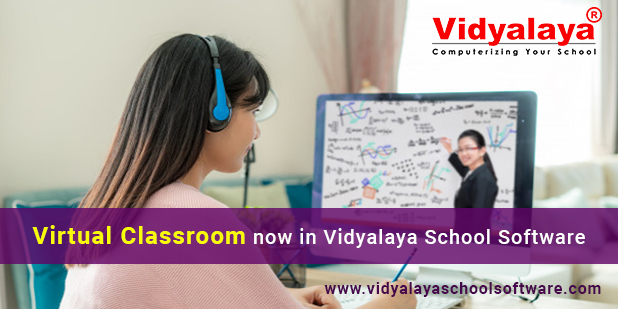Since the COVID -19 outbreak has destroyed people’s daily lives all over the world, the digital world has stepped in to help. Several organizations, including colleges, have changed their approach to digital channels in order to conduct online classes. As a result, online learning has evolved as a viable substitute for traditional face-to-face learning at all levels of education, from pre-primary to universities. As a result, opportunities for people, including government and private organizations, are doing their best to help each other by improving their current online platforms and applications, as well as providing teachers with training on how to use these apps and platforms to their full potential. Furthermore, both government and non-government institutions, are working to assist the school system in making a seamless transition to the virtual world. Some of the significant steps taken by the administration in the recent past include upskilling and empowering teachers, as well as organizing appointments for stakeholders such as teachers, parents, and students. One other way to make children’s education easier is to make an ongoing effort to include customized teaching-learning content appropriate for online classes.
Students and teachers can communicate with each other via various channels such as email, online chat, and video conferences in virtual or online learning. There is only one way for students to interact with one another in the classroom. Many students have a visual memory and appear to learn more eagerly, as well as being interested in online teaching methods. Due to the closure of schools and universities, virtual learning is becoming more common. It is advantageous to some degree because it eliminates the need to get up early, there is no risk of being chastised, and one can research in a relaxed environment. However, the best way to build a teacher-student relationship is in the classroom.
Nevertheless, this substitute medium has highlighted some harsh structural facts of Indian culture, including social disparities in terms of resource availability, which are needed to access these online classes/platforms. These digital interventions are reinforcing elite universities’ control over the educational system, resulting in a cultural literacy between developed and developing countries, as well as between rich and poor people. Because of the recent migration of millions of laborers to their native places, the digital divide is affecting the work and position of the government and non-government organizations across states. Both the federal and state governments would need to develop a road map that addresses not only laborer’s jobs but also their children’s education. Given the vast differences in the internet and related infrastructure between nations, it appears to be a monumental challenge. Furthermore, non-governmental organizations that serve marginalized parts of society in terms of health, education, and livelihood, as well as work with governments, are facing financial difficulties as the majority of funds are redirected to combat the pandemic.
Here’s how these e-classrooms help educational institutions provide education while also preventing COVID- 19 from spreading:
- Allows for distance learning: Most countries have declared a national lockdown in the last two months to deal with the coronavirus epidemic, which has brought schooling to a halt. Digital classroom apps have proven to be a lifesaver in such situations, allowing students to continue their studies without having to leave their homes.
- Stops the spread of new coronaviruses: Since the medical community and scientists are still working to develop a coronavirus vaccine or cure, the only way to prevent contracting the disease is to avoid coming into contact with other people. Getting your education from virtual classrooms is ideal for your needs. The less you interact with other people, the less likely you are to become sick.
- Provides a robust learning environment: Various virtual classroom solutions provide cutting-edge software that teachers and students can use to ensure a smooth workflow. Students will complete and return worksheets that teachers have uploaded. They can also upload video tutorials that students can replay at any point in the future.
What is the procedure for using an app for online classes?
Apps for online courses, which are used by educational institutions all over the world, can be accessed using only a smartphone. To put it another way, you don’t need a high-end desktop or laptop to use these apps; however, you would need an uninterrupted internet connection.
Although each online classroom app has its own set of specifications, most require an internet connection and a compatible smartphone. You can enter the live session on the designated time and date once you have downloaded the app used by your organization.
If students and teachers have easy access to technology and the internet, virtual learning is a dream come true. Students will attend lectures from the comfort of their own homes using the website. Students may also ask questions and get immediate answers to their doubts. Bad internet and a lack of technical knowledge among students are the only barriers to online learning. Aside from that, online education is extremely advantageous.






















